.
There is something both eerie and striking about abandoned places.
Whether it's a train cemetery in Bolivia, an Art Deco subway station underneath New York City, or a village covered in sand dunes on the coast of Namibia, each location is a snapshot of history frozen in time.
Although it may be some time before people begin traveling again, we hope these places can offer inspiration for your future adventures—and a bit of hope.
Rubjerg Knude Lighthouse, Rubjerg, Denmark
The Rubjerg Knude Lighthouse sits on a towering sand dune nearly 200 feet above Denmark’s North Sea. When it was first lit in 1900, the lighthouse was hundreds of feet from the Atlantic coastline. But over time, wind and sea erosion changed the landscape and turned the area around the lighthouse into sand dunes.
In October 2019, the landmark was “rolled” on a set of iron plates and wheeled to a new location over 200 feet from the coastline, as the structure was at risk of falling into the ocean due to erosion and shifting sands. Visitors can still walk along the beach and view the structure for free.
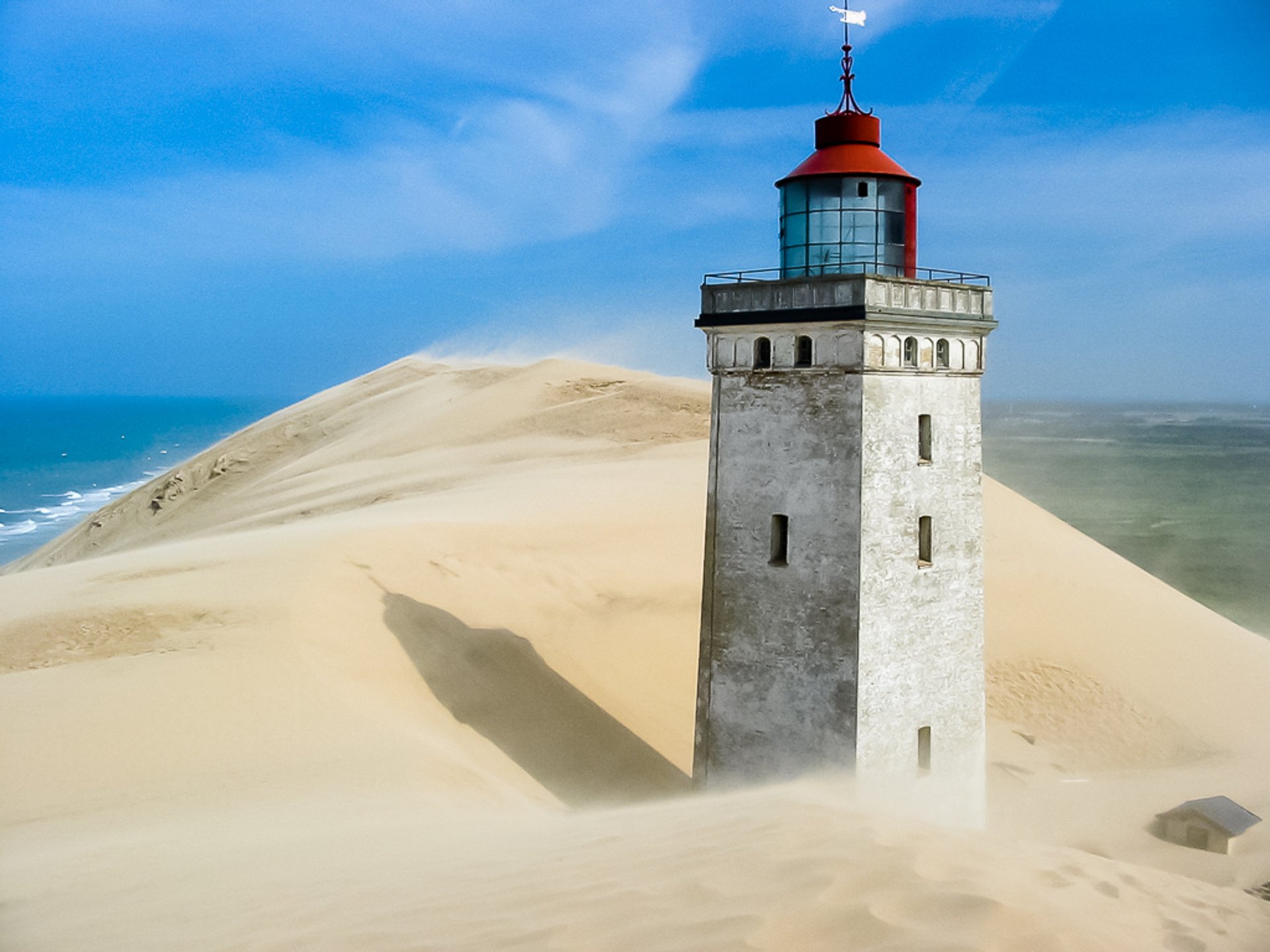
Salina Turda Salt Mine, Transylvania, Romania
This colossal mine dates all the way back to the Middle Ages. Located in Transylvania, the hollowed underground space was the site of table salt production for hundreds of years until excavations eventually ended in the early 20th century. Since 1932, the cavern has been used for several purposes, including a warehouse for cheese storage and a bomb shelter during World War II.
In 1992, Salina Turda was repurposed again—this time as both a museum of salt mining and a subterranean amusement park that contains an amphitheater, a Ferris wheel, spa treatment rooms, a bowling alley, pool tables, and even an underground lake with rowboats.

City Hall Subway Station, New York City, USA
New York City’s first subway station, which opened below City Hall in 1904, was adorned with vaulted ceilings, intricate tile work, and elegant chandeliers. The grandiose platform served commuters until 1945 but was shuttered after the majority of New Yorkers eventually opted to use nearby rail stations with more efficient express tracks.
Today, the New York Transit Museum leads exclusive guided tours of the defunct City Hall station for $50 per person.

Craco, Italy, Europe
Founded precariously on a steep hilltop in southern Italy during the 8th century, the medieval village of Craco has fallen victim to several disasters, including earthquakes, landslides, and devastating plagues. In 1991, a landslide forced all of Craco’s remaining residents to evacuate, leaving the site in a state of slow ruin.
While the village is now entirely uninhabited, visitors can marvel at the Basilicata region ghost town on daily tours led by authorized guides.
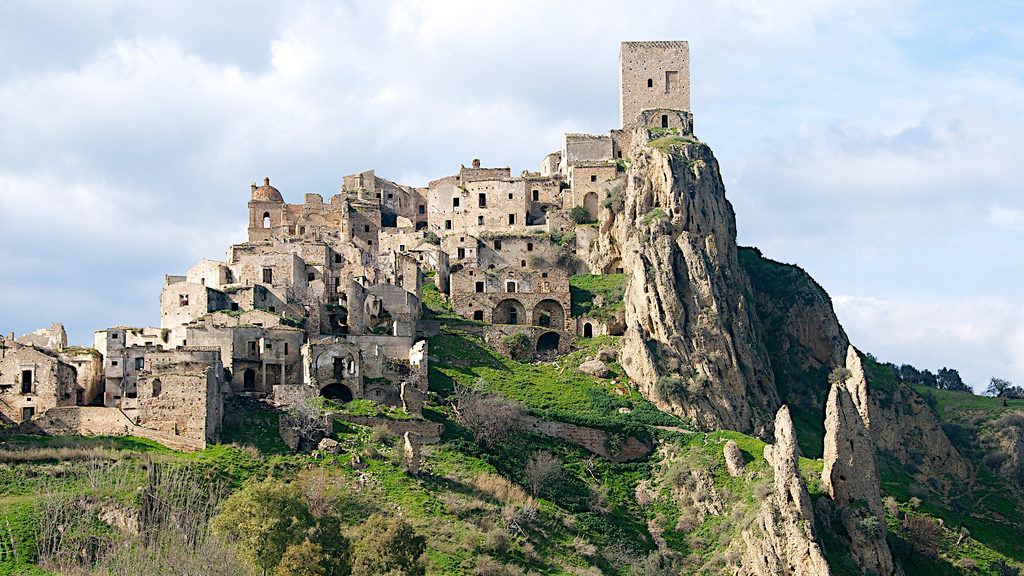
Bodie State Historic Park, California, USA
In the late 1800s, Bodie was a booming gold mining town with a population of more than 10,000 people. Today, the ghost town, which is located approximately 75 miles southeast of California’s Lake Tahoe, has been preserved in a state of “arrested decay.” Over 50 buildings are still standing, some featuring preserved interiors that appear almost exactly as they were left.
A handful of the abandoned buildings are open for the public to explore for an entrance fee of $8 for adults and $5 for children (cash only). During summer, the State Historic Park offers exclusive nighttime Ghost Mill Tours that feature legends and ghost stories about the town.
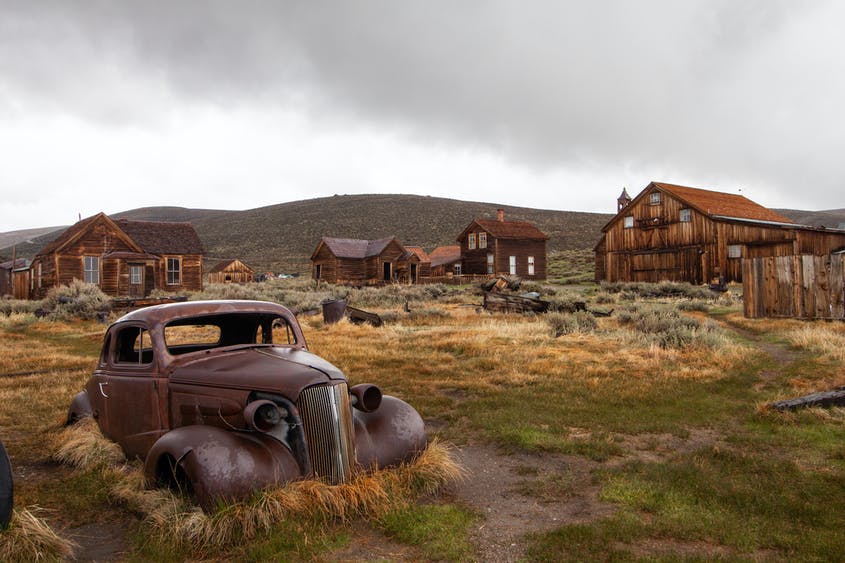
Kolmanskop, Namibia, Africa
Located in the barren Namib Desert, Kolmanskop boomed as a German diamond mining settlement during the early 1900s. After World War I, however, the area’s once-rich diamond field began to deplete and operations eventually came to a halt. By the end of the 1950s, German colonists had completely deserted the town, leaving the abandoned buildings of their settlement to be swallowed up by the southern Namibian sands.
To explore what’s left of the sand-filled ghost town today, travelers must book a guided tour in the nearby tourist hub of Lüderitz, located on Namibia’s southern coast.

Balaklava Bay Submarine Base, Balaklava, Ukraine
This top-secret Soviet submarine base once housed some of the Cold War’s most dangerous weapons. Amid escalating tensions between the United States and the Soviet Union, Joseph Stalin issued orders to construct a hidden complex, called Object 825 GTS, under the city of Balaklava. The base, which was used to station submarines stocked with nuclear weaponry, survived beyond the fall of the USSR (the last submarine sailed out of the complex in 1996).
In 2002, Ukraine’s Ministry of Defense turned the abandoned base into the Balaklava Naval Museum Complex. Museumgoers can take guided tours through a portion of the underground base on Wednesdays through Sundays, exploring a network of derelict tunnels as well as an empty nuclear storage arsenal.
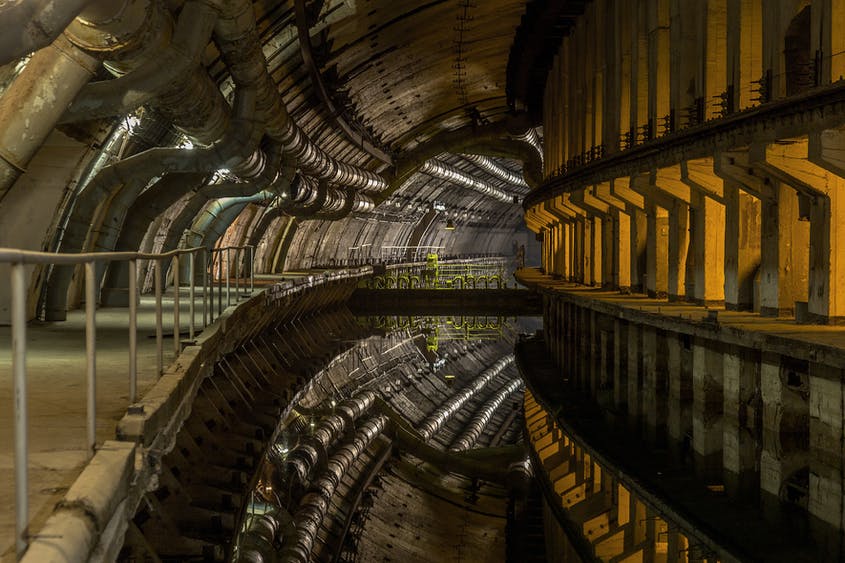
Great Train Graveyard, Bolivia
Located high in the Andean plains of southwest Bolivia, the small city of Uyuni is known for its proximity to the world’s largest salt flat, Salar de Uyuni. But the area is also home to another unique attraction: a “train cemetery” (known as cementerio de trenes in Spanish) scattered with abandoned locomotives that date back to the 19th century. These massive steel trains were imported to the region as part of plans to develop a railway system that would transfer minerals from Uyuni to cities on the Pacific Coast. But after the area’s mining industry lost momentum, the project was cancelled, and more than 100 train cars were left to rust.
The trains have now been largely corroded by salt and heavy winds, but visitors are free to explore what remains; the grounds are less than 10 minutes by taxi from downtown Uyuni, and most local tour companies stop at the site en route to the salt flats.

SS Ayrfield Shipwreck, Sydney, Australia
During the 20th century, Sydney’s Homebush Bay served as an industrial port and was filled with ships that transported coal and oil. But when the area’s industrial operations declined toward the end of the century, the bay became a “ship-breaking ground” for decommissioned vessels.
Today, you can still see some of the abandoned freighters across Homebush Bay, including the SSAyrfield, a 1911 vessel that carried supplies to U.S. troops in the Pacific region during World War II. The boat was deregistered in 1972 and now floats in the bay, overgrown with mangrove trees.
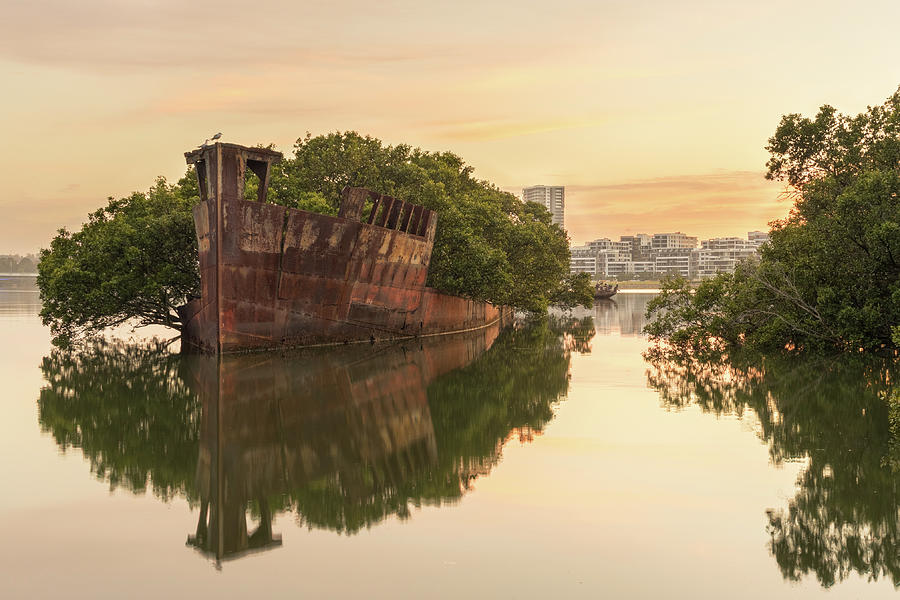
Dome Homes, Marco Island, Florida, USA
If Luke Skywalker lived in Florida, you could probably find him meditating in one of the Dome Homes off the tip of Marco Island. The alien-looking houses were actually the brainchild of a retired oil tycoon, who built the structures in 1981 to be an eco-friendly vacation home for his family. But Florida will be Florida, and harsh weather and eroding shorelines surrounded the Dome Homes with water and rendered them unlivable.
There's no plan to try to re-occupy the futuristic buildings, but it sure is fun to make up legends about where they came from and what purpose they serve—the Stonehenge of Southern Florida, if you will.

Disney's River Country, Orange County, Florida
When Disney River Country opened in 1976, visitors flocked to Orange County, Florida, to ride the winding slides and traverse the wooden bridges. Sitting on a mere 6 acres of land near Discovery Island, River Country boasted tire swings, inner-tubing through man-made rapids, water slides, and a swimming area that was fed with water from Bay Lake.
The Park was slightly elevated to have an illusion spillover effect with only filtered lake water pumped in as excess spilled back into the lake, keeping the water clean. River Country was a shining star for many years, but now you can only find one last piece of it: The River Country Water Tower.
.jpg)
The Chateau Miranda, Belgium
Belgium’s Chateau Miranda, also known as Chateau de Noisy, was built in 1866 for the Liedekerke-Beaufort family. The family relocated to the impressive neo-Gothic castle following the French Revolution, and the home remained in the family until it was possessed by the National Railway Company of Belgium.
The mansion housed orphaned and sick children until 1980, when it was abandoned. Despite numerous offers to buy, the once-grand castle remained unoccupied until October of 2017, when it was demolished.
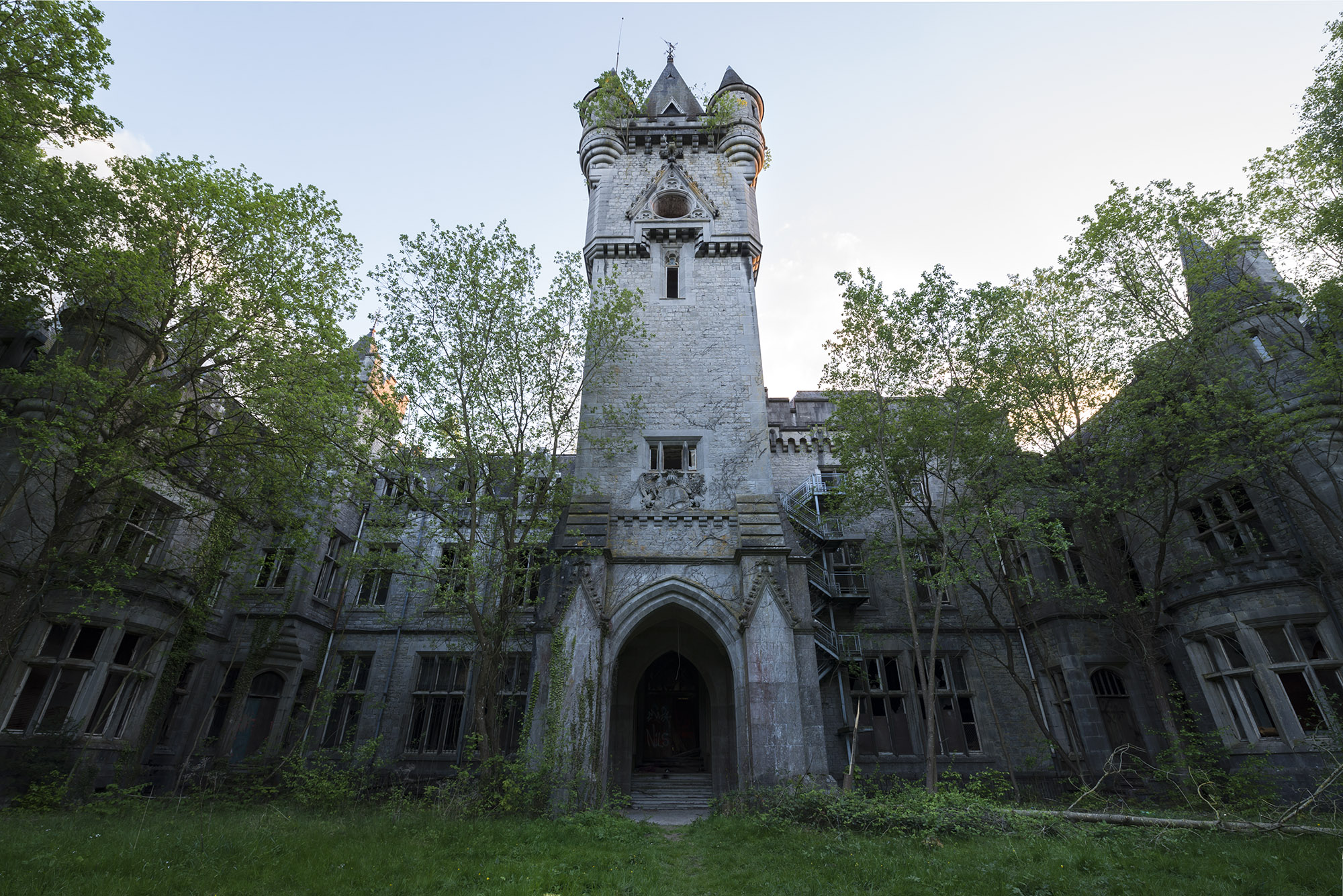
Rolling Acres Mall, Ohio, USA
Where millions once found their retail fix, now sits a haunting reminder of Mother Nature's power to reclaim. Rolling Acres Mall first opened its doors in August 1975 before closing forever in October 2008.
Amazon is planning to build a 700,000-square-foot facility at the site which will be one of two fulfillment centers the company is opening in Ohio.

El Hotel del Salto, San Antonio del Tequendama, Colombia
During the Roaring Twenties, this structure was built as an architect's mansion—one that would make Gatsby gawk. Since then, the cliffside structure has has a few major makeovers.
It became the 18-story Hotel del Salto in the 1950s, but was abandoned shortly afterwards and left to collect moss and tales of ghosts and hauntings. It was most recently converted into the Tequendama Falls Museum.
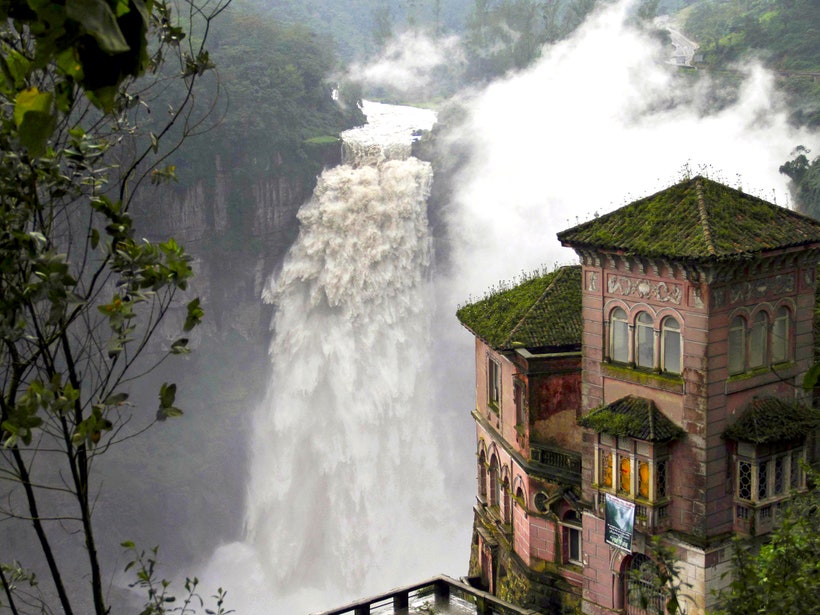
Eastern State Penitentiary, Philadelphia, USA
The castle-like Eastern State Penitentiary in Philadelphia was built in 1829 and immediately took solitary confinement to new levels. Prisoners lived alone, exercised alone, and ate alone; when an inmate left his cell, a guard would cover their head with a hood so he couldn't see or be seen. The prison had to abandon its solitary system due to overcrowding from 1913 until it closed in 1971.
The site remained empty until it opened its doors to curious visitors in 1994, and now welcomes thousands of visitors every year, both for its museum and ghost tours.
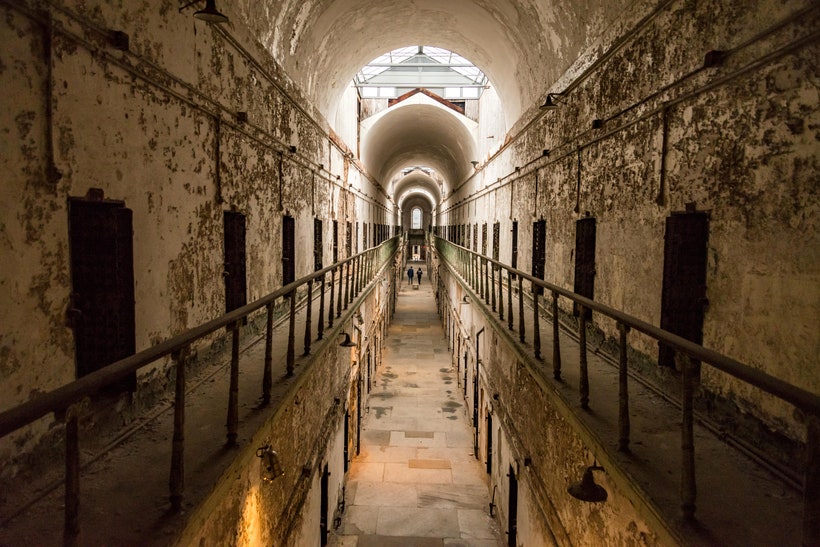
Pripyat, Ukraine
Pripyat was the city most affected by the Chernobyl nuclear disaster in 1986. The incident released massive amounts of radiation, forcing the residents to flee. The spot is now one of the most well-known abandoned places in the world, thanks in large part to the ghostly reminders of what used to be: toys in a schoolhouse, clocks all frozen at the exact same time, and the famous decaying amusement park.
The park has become so famous, in fact, that Ukraine is making it an official tourist attraction.
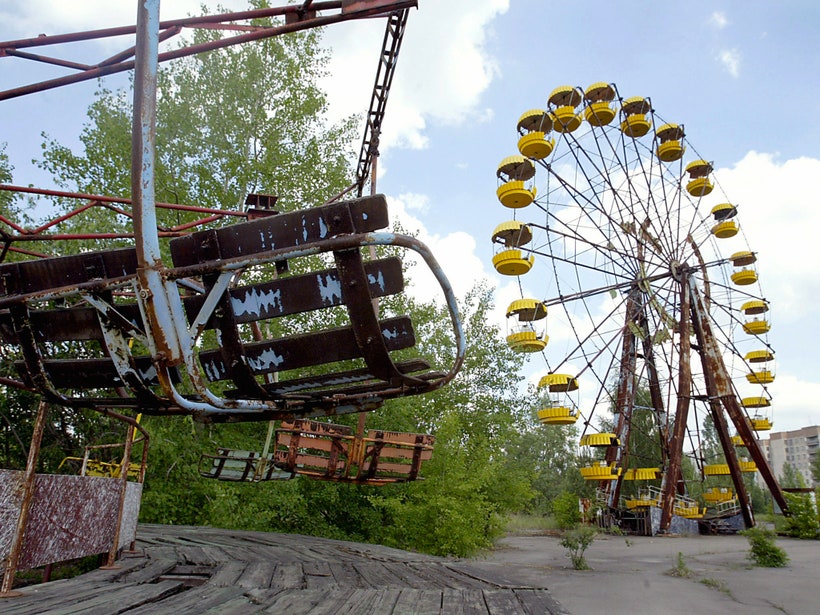
Gereja Ayam ("Chicken Church"), Java, Indonesia
If you ever find yourself in the jungles of central Java in Magelang, Indonesia, you might stumble upon a dilapidated church that's equal parts awesome and confusing: Gereja Ayam, also known as the "Chicken Church." The church (which the architect intended to be in the shape of a dove—nice try!) opened its doors in the 1990s, serving as both a rehab and worship center for all religions; unfortunately, construction costs soon became too high and the project—and building—were abandoned in 2000.
It has since turned into a tourist destination, with murals adorning the interior, incredible views of the surrounding forests through the beak, and even a small cafe selling treats near the tail feathers.

Looking to abandon your current home?
Let's talk about buying your next one!
1%20(1)-grey.png)
-grey2.png)
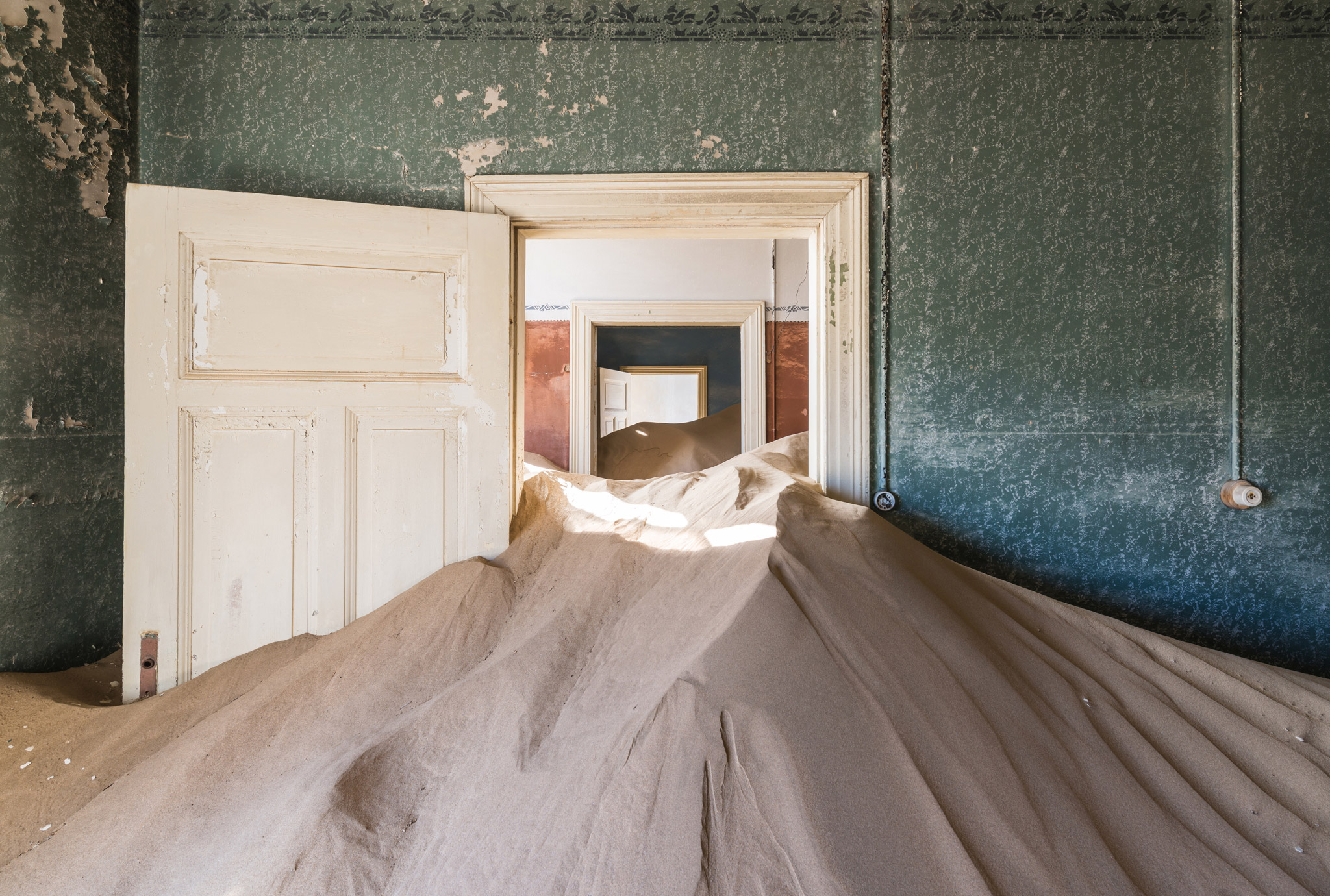
 (2).jpg)


